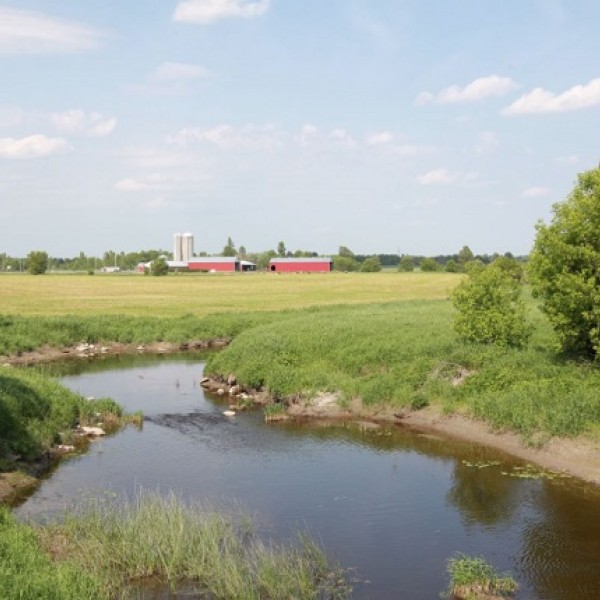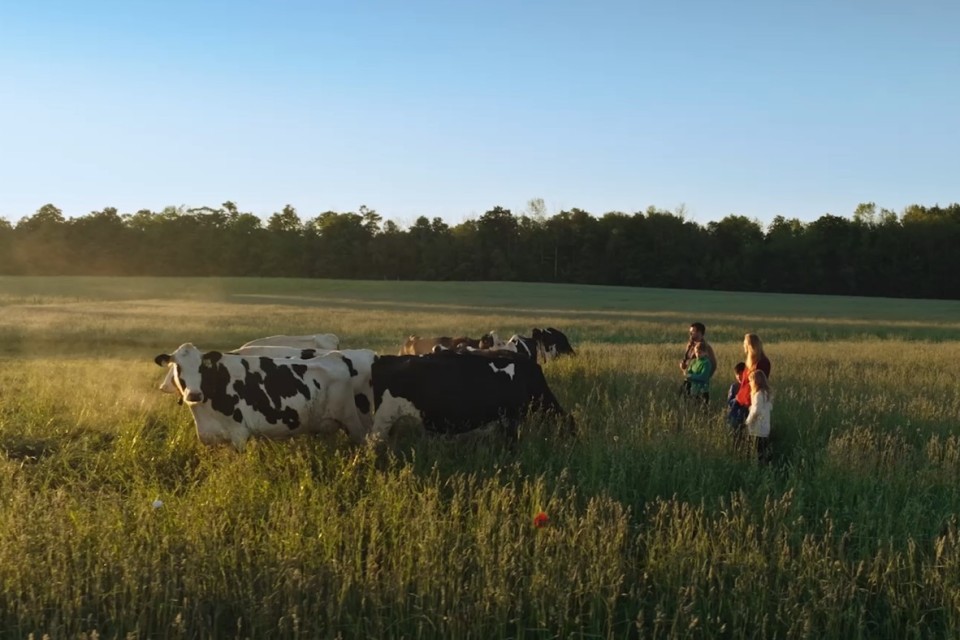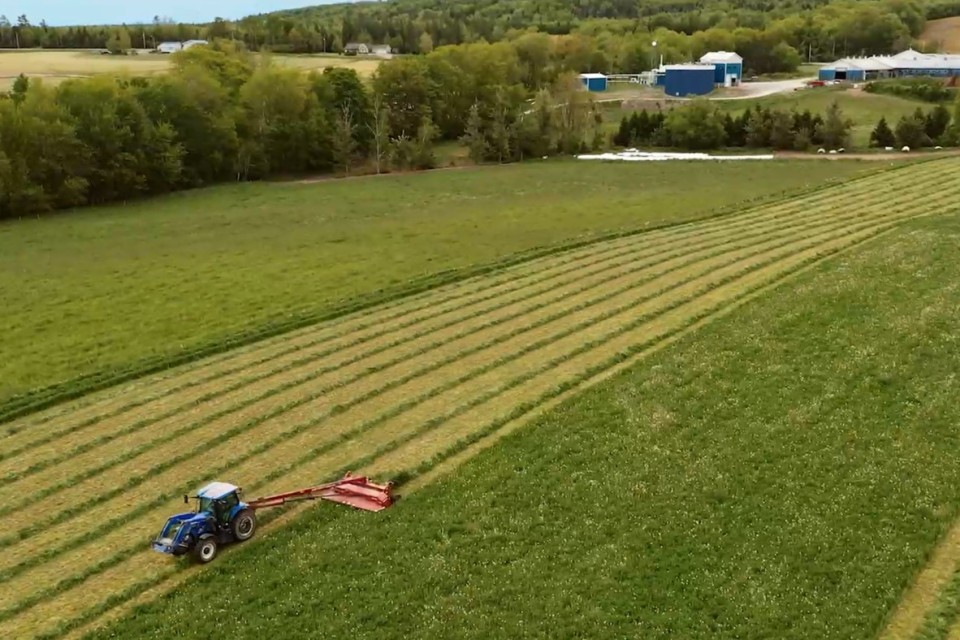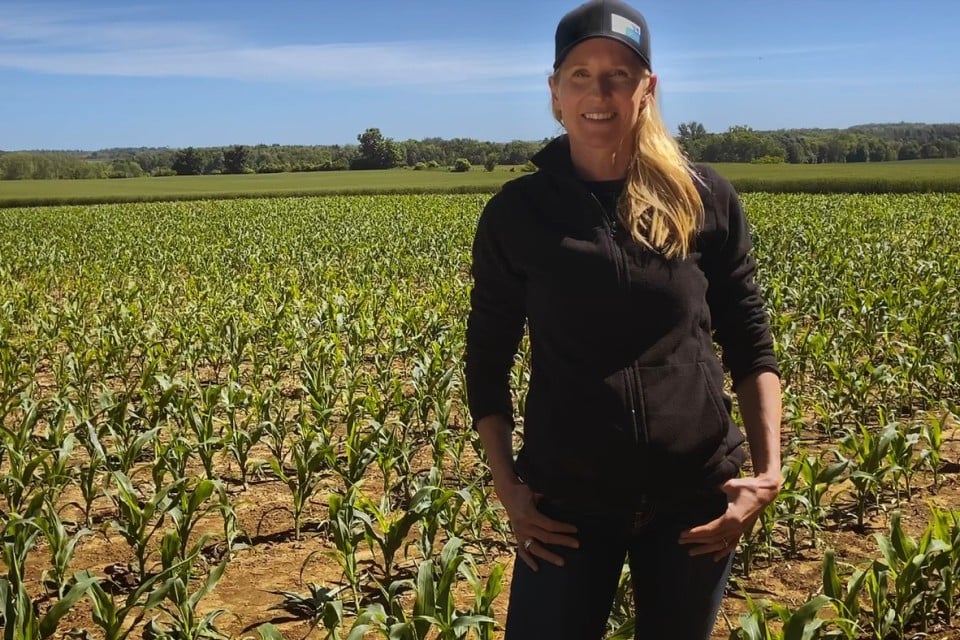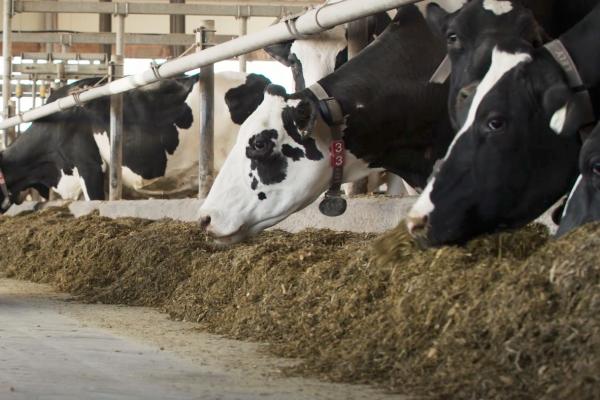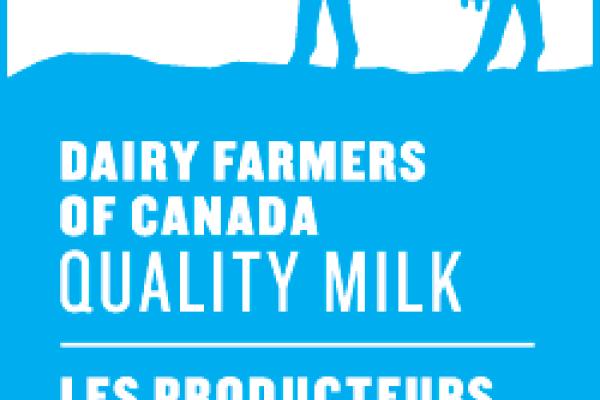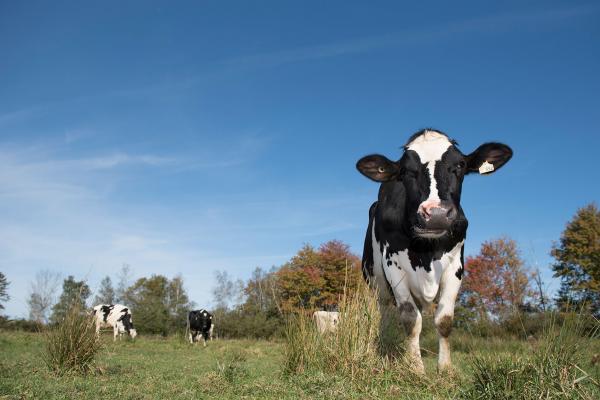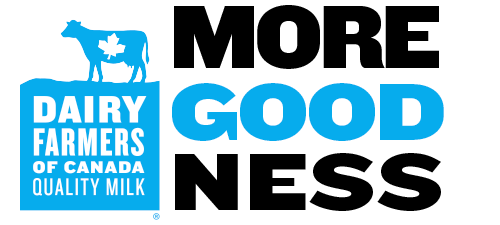Protecting Soil and Conserving Water
Discover how Canadian dairy farmers are leading the way in sustainable farming practices through regenerative agriculture. Learn about our commitment to protecting soil health and conserving water, ensuring a brighter and greener future.
Canadian dairy farmers are working towards a more sustainable future. They have and continue to implement innovative farming practices that align with regenerative agriculture principles.
Soil preservation and water conservation can be done through many practices such as minimizing tillage, cover cropping, rotational grazing, conserving wetlands, and supporting riparian buffer zones.
What purpose do cover crops serve?
Many farmers plant a secondary crop in their fields, often to cover the ground from fall to spring, which helps minimize potential soil erosion, increases fertility, oxygen and moisture, and control against weeds, pests and diseases that attack crops. These benefits also support biodiversity in the soil.
What’s involved in crop rotation?
Crop rotation is when a farmer grows different crops in a field over the years, to improve soil health, optimize nutrients in the soil and combat the pressure from weeds and pests.
For example, a dairy farm could plant corn one or two years, and perennial grasses for at least two years, and add legumes during these years. Such mix over time leads to better soil health, where the soil retains more water (requiring less irrigation) and more nutrients (requiring less fertilizer, because the legumes help make more nitrogen available in the soil for the next crop), and stores more carbon from the atmosphere. The soil is healthier, and its structure improved, which also means more productive fields, and more biodiversity at the microscopic level in the soil.
What is the benefit of incorporating perennial plants in crop rotation?
Perennials have a deeper root system than annual plants and thus help stabilize soil. As it stays more stable, the soil has an opportunity to decrease the risk of nutrient losses, increase the efficiency of nutrient use by plants, and make a great home for microorganisms, fungi, and earthworms. As these inhabitants thrive, soil structure is improved, which helps build the farm’s resilience to climate change, while capturing more carbon over the years when land is undisturbed. Some common perennials you'll find on a dairy farm include alfalfa and clover.
What is the benefit of minimizing tillage?
Tillage is when you prepare land for growing crops, getting rid of existing plant life. Many dairy farms have adopted reduced or no tillage practices, leaving stubs and roots of a previous year’s crops in the soil. When used, this practice can keep more captured carbon in the ground and also reduce the risk for topsoil erosion by wind or water. This also means less fuel usage from farm equipment, which reduces emissions and may save time.
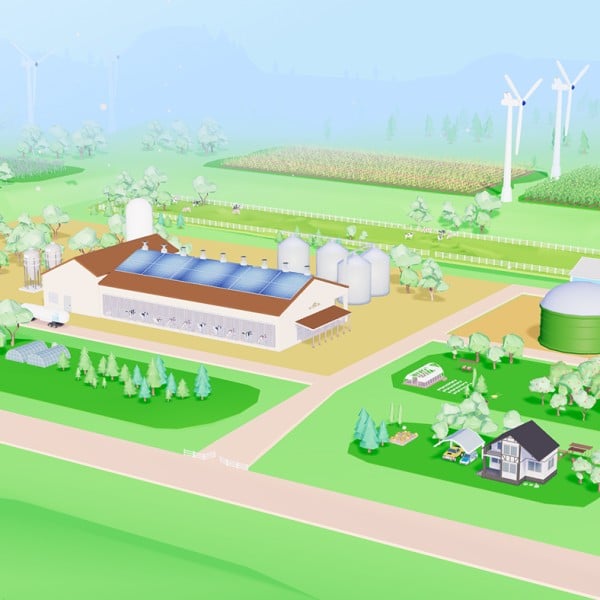
Canadian Dairy Farm Discovery
Explore NowWhat is rotational grazing?
This process involves moving cows from one portion of a pasture to another every few days, allowing the pasture plants to re-grow before being grazed again. The new growth facilitates carbon sequestration.
What are “riparian buffer zones” and what’s in them?
These are areas between cultivated farmland and nearby bodies of water such as rivers and wetlands, which act as a corridor between them (“riparian” means adjacent to rivers and streams).
These zones contain rich, moist soils where diverse plant communities thrive. Dairy farmers may conserve or restore a riparian zone by planting trees, wildflowers or other natural species, encouraging biodiversity.
What are some ways that dairy farmers use manure and nutrient management for crops?
Dairy farmers use organic matter like manure and compost to provide essential macro- and micronutrients for crops. They may also use commercial fertilizers to ensure a balanced supply of essential nutrients. When applying nutrients, farmers consider crop requirements along with the presence of nutrients already in the soil to ensure crops get what they need.
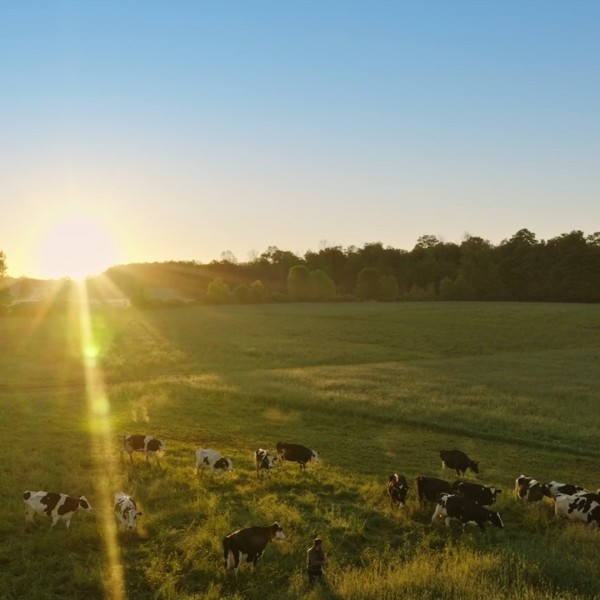
Net Zero by 2050
Learn More
Preserving Biodiversity
Learn More